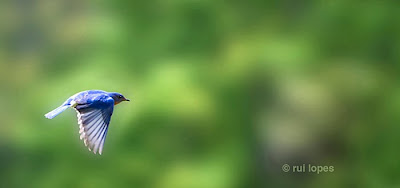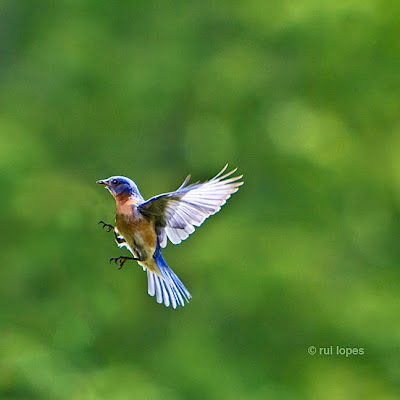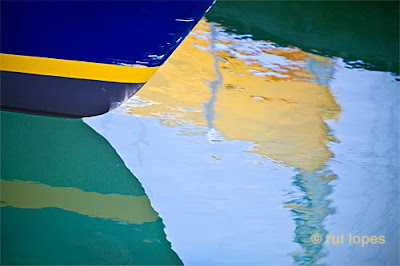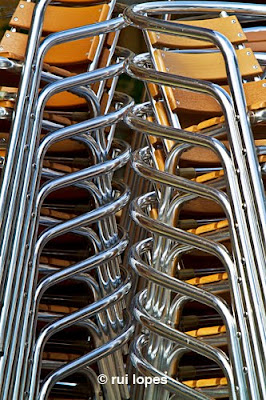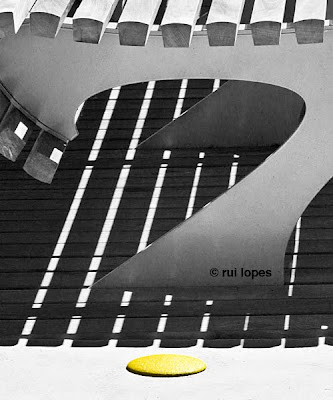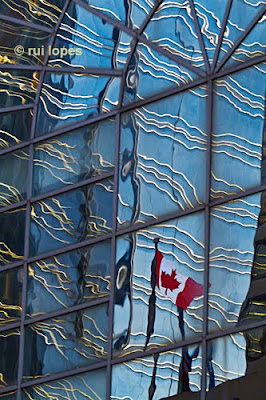Archive for
Pushing your limits at Bronte

Do I want to become a bird photographer? Not necessarily. This is not so much about a change to my existing photographic genre, as it is with the ability and willingness to push my limits, and step away from my zone of comfort. By doing so, I came to an understanding that these little skittish creatures are very hard to photograph. Evidently, it requires a very different approach, in comparison to any other kind of photography that I have done to date. It’s a matter of fact that I do have a newly gained respect for anyone that has seriously dedicated his or her life to doing this kind of work.
Try to follow these beauties in flight, with a telephoto lens attached to your camera while going for optimal composition, ideal exposure and critical sharpness … my oh my … you know very well where this is going — a lot of (#$%^&) expressive language will become an integral part of your interaction with these beautiful, but little devils :).
A visit to Bronte Creek Provincial Pk., (not very far from where I live) seemed like a good idea for my first test run. A couple of my good friends (Nuno and Carlos Raposo), are into bird watching, they joined the walk, and became a great help in the identification of most specimens. Birds in the park, included red wing blackbird, several kinds of sparrows, eastern bluebird, scarlet tanager, blue jay, cardinal, american gold finch, yellow warbler, pileated and red-bellied woodpecker, red tailed hawk, and turkey vulture. Struck by luck, we witnessed some of the most rare finds, such as the bobolink bird seen here below, the baltimore oriole and the northern yellow shafted flicker.
Things that I’ve learned, during my first attempt to bird photography:
– patience, patience, patience
– camera body that shoots, ideally, at a sequence of 8 frames per second or higher, is a must
– a telephoto lens with a focal range between 400 to 500mm with the widest aperture you can possibly afford
– a monopod with a high quality ball-head
– great knowledge of the habitat where you are shooting and the behaviour of the birds you are trying to approach
– proper identification of their nesting or favourite perching zones — they are creatures of habit, just like all of us
– ideal time of day being morning — when they are mostly visible and active
– use neutral tone clothing, something that kind of blends in — you don’t have to look like a warrior
– being able to move slowly and stay still for a long time — watch your coffee intake for that morning 🙂
– and finally, practice, practice, practice
If you are the type that can not conform with some of the above requirements, especially the patience aspect of it, then you know this kind of photography is literally for the birds! 🙂
As much as you should push your limits, it is just as important to know your limits. The bobolink photo above, and the one just below are pretty good examples of how to deal with eminent problems.
After a few exposures, I knew I could not get as close to my subjects as I wanted to — my technique still needed much improvement and my ‘glass’ was not as powerful as it could’ve been. I decided to pay attention in particular to their habitat and make it an integral part of my image. I believe that I achieved this purpose, and I’m glad that despite my short falls, I came home with something worth keeping. And just to put things into perspective, I shot a total of about 400 images — most of them ended up in my waste basket. I have a long way to go!
For the entire day I only used the Canon 7D, coupled with the 70-200mm f2.8 IS USM lens and a 1.4 x Canon extender. It offered an effective telephoto range of approximately 450mm (448mm). A good range but, for the most part, I was still far from the subject. Keep in mind that some of the images were cropped tighter in post processing.
Wildlife in the park includes anything from the small species of mammals common to Southern Ontario, to larger breeds like, white-tailed deer, red fox, coyote and raccoon. Towards the end of the afternoon, as you can see, I had no problem spotting some white-tailed deer. The B&W photo rendition brings simplicity into the image, and emphasizes considerably the intense stare of these females. This technique introduces a sketchy feel, a resemblance of an artist’s drawing — a style I’m very much fond of.
I had a good time with my friends Nuno & Carlos, they just rock with their knowledge, and I’ve learned a ton about birds. This is quite a good place to take your family to, as there is a lot for everyone to do and see (a small petting zoo, play barn, swimming, camping, cycling, etc.). Here is the link again for Bronte Creek, but keep in mind that if you go there to photograph wildlife, you might want to consider visiting the park on weekdays and/or off-season, as it will be far less busy.
A good look at the peacock, and I’m sure you will agree it makes a hell of a difference, if what you are trying to shoot, is not in a big hurry to go anywhere :).
Canon 7D, Birds and the Hershie Center
Earlier this year I increased my collection of camera gear with the purchase of the new Canon 7D. This is actually the very first non full frame DSLR that I’ve ever owned. When I made the decision to shoot digitally, back in January of 2006, I went directly to the full frame Canon 5D, which had been introduced in the later part of 2005. At that time Canon had the monopoly on full frame 35mm digital cameras, which pretty well placed them in the driver’s seat – one of the reasons I then decided to go with Canon. Today I would have plenty of good choices, but frankly, I would stick with Canon – just because I can :).
Why the 7D? For a few good reasons:
First, let me tell you about my new interest in exploring bird photography. It is a subject that I have always been fascinated by, and one that I experience quite often through my daily hikes. It seems magical, anytime I watch a bird in flight. For me, it symbolizes freedom; allows us to dream of horizons that otherwise would be impossible to get to, and, you have to admit, it is just the perfect portrait of grace. This is so powerful, that at my age, I still dream occasionally of soaring like an eagle, with the ease of a ‘master in flight’, commanding admiration and respect from anyone down below (no, I don’t wear a cape and I’m not on drugs either :).
I’m also pretty excited about a job I will be helping with, scheduled for July 4th of this year, to photograph a LITHUANIAN SONG FESTIVAL. It will take place at the Hershey Center in Mississauga, Ontario, where singers will gather from all over the world to celebrate their LIthuanian cherished traditions. This production is huge, to the point that there will be 4 of us shooting the event for two consecutive days. My understanding is that the photos have to be uploaded almost immediately, to be processed and shown on the large screens surrounding the stage, in real-time. It definitely will be a very cool experience and one to be excited about. More on this later, as we get closer to the shooting day. For now you may reserve July 4th for a great experience in Lithuanian traditional singing, by checking the link for ‘I AM THE SONG’ at Lithuanian Songfest.
Now, where is the connection between birds, stage performers, and the new 7D? Well, let’s see:
– it shoots at a rate of 8 frames per second (just about double what I had)
– it has a multiplying factor of 1.6 on my telephoto lenses, due to the its APS-C size sensor.
For example, a 300mm lens becomes a 480mm, when coupled with the 7D, while still maintaining its widest aperture: a very important aspect as there is no loss of any quality that might be generic of a particular lens — quite the contrary if you decide to use a tele-extender instead, especially if you go for the 2X extender. This will automatically make your lens slower by 2 full stops, down to f5.6 in my case, and decrease somewhat image quality.
– and finally, it does not cost a fortune (I really like this part).
The first two reasons translate to speed and glass (lens) power, respectively – it makes shooting birds or stage performers, a lot more manageable. It gets me closer, and I stand a much better chance of increasing the pool of shots which turn out to be keepers. All of this is achievable at a fraction of the cost that would take otherwise, should I have opted for the Canon 400mm f2.8 lens and the EOS-1D Mark lV combination. If my budget were somehow different, naturally, I would’ve settled for the king of the hill :).
I’m presently experimenting with this set-up for my bird shooting, and I will post some results, hopefully, soon enough. In the meantime check my bird image down below :).
All these photos were taken with the 7D this past week, by Toronto’s Harbour Front, while scouting about with a good friend of mine. It turned out to be more of a study of form, colour, texture and light. This kind of shooting, I entertain regularily, as it gives my right side of the brain, quite a good workout. Enjoy.
the making of a logo

I just want to take a minute and share with you how I’ve arrived at the design of my business logo. Being kind of a control freak in regards to my personal vision, I had no alternative but to take this task under consideration and see what I could come up with. I will give you an introduction about where I’m coming from, with the attempt to bring some meaning into all of this. Here it is:
Since the year 2000 my photographic interests have changed considerably, where the natural world or should I say the ‘great outdoors’ became the ‘atelier’ of my preferred choice. Our ‘Blue Planet’ has been consistently my daily inspiration, and every chance I have, I will embrace it by trekking through its peaks and canyons or by paddling over rivers and lakes.
I am fascinated by every drop, every sound, every breeze… even a stroll by the trails of High Park or a simple morning walk in my backyard, (while sipping on a good cup of coffee), is quite a liberating experience. All is continuously changing, all is in a state of renewal, endlessly stimulating my vision. The credit goes unquestionably to the Creator for this certain ‘allure’ that confines us.
In the midst of it all, I am just a catcher of nature’s ultimate score. My input translates merely on how I recognize or decide to mix the components of an already existing powerful image. And such passion promotes the developing of a keen eye to observe and render this special light into elements of a beautiful image – thus the meaning of ‘painting with light’.
+zee+light2.jpg)
ATELIER – Studio
AZUL – Blue for Sky and Water. Water covers 70% of our Planet
DOTS – The three primary colours (Red, Yellow, Blue) being captured by the U in AZUL, symbolic of a test tube, cup or mixer for the light spectrum
PAINTING WITH LIGHT – ‘Light’ is the primary component of the mix. Without light, there is no image!

